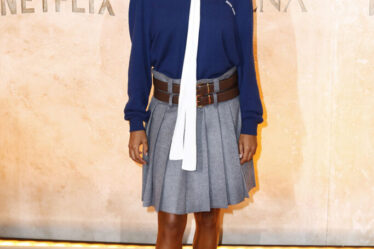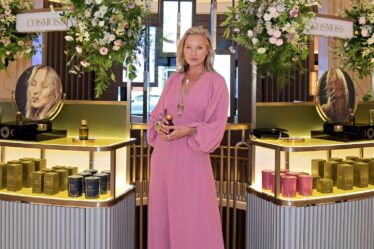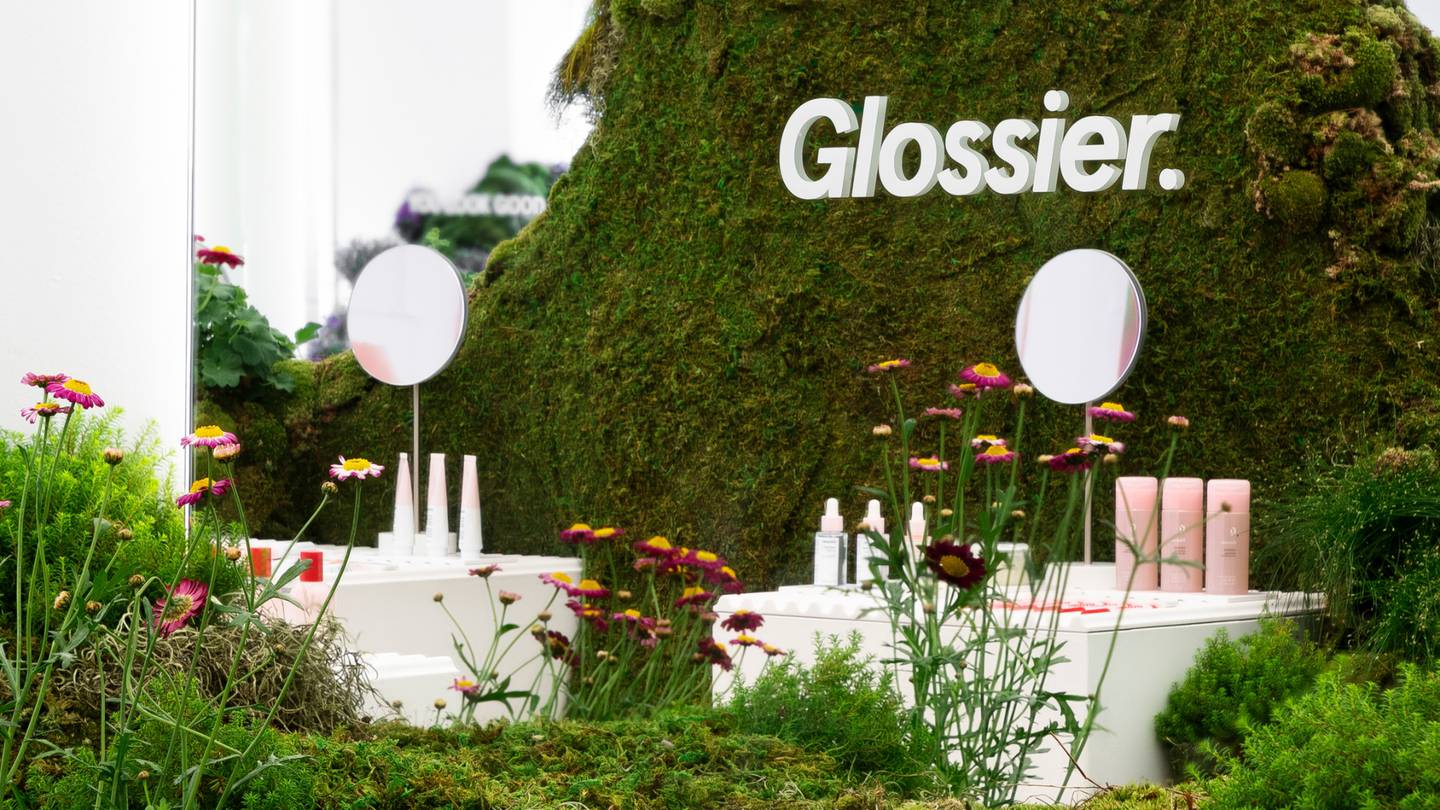
Dear BoF Community,
This was a year of transition for the beauty industry. Millennial pink definitively lost its lustre and in its place bold, Y2K makeup found favour: Glossier, the onetime darling of the beauty industry, laid off about a third of its workforce, set aside its direct-to-consumer convictions to sell at Sephora and saw its visionary founder Emily Weiss step down as CEO. Social media also changed. TikTok solidified its status as the social platform of choice for beauty.
Not only did brands generate massive sales from one-off posts, they also found innovative ways to insert themselves into – and even initiate – viral trends and online conversations. Meanwhile, companies continue to manage the evolving expectations and desires of the customer, online and off. Convenience is table stakes; trendy beauty lines can increasingly be found not just at Sephora or Ulta Beauty, but also at one-stop shops like Target, Walmart and CVS.
Fewer brands believe they can thrive without strong retail distribution. And throughout the year, celebrity and influencer brands continued to launch, but here too there was change: the allure of a big name no longer appears to be enough.
How Glossier Lost Its Grip: The direct-to-consumer pioneer, which popularised millennial pink and dewy skin, can’t keep up with an evolving beauty industry, customer and retail landscape.

Why Do We Root Against Celebrity Beauty Brands?: Two of the most talked about celebrity skin care brands make their debut this month – Hailey Bieber’s Rhode and Kim Kardashian’s SKKN by Kim. But are consumers getting tired of celebrity beauty lines?

How Beauty Brands Can Take Advantage of TikTok Trends: The app, known for tutorials, hacks, dupes and drama, has become a major beauty destination. Thinking big picture and focusing on education can help brands keep up with a rapid trend cycle.
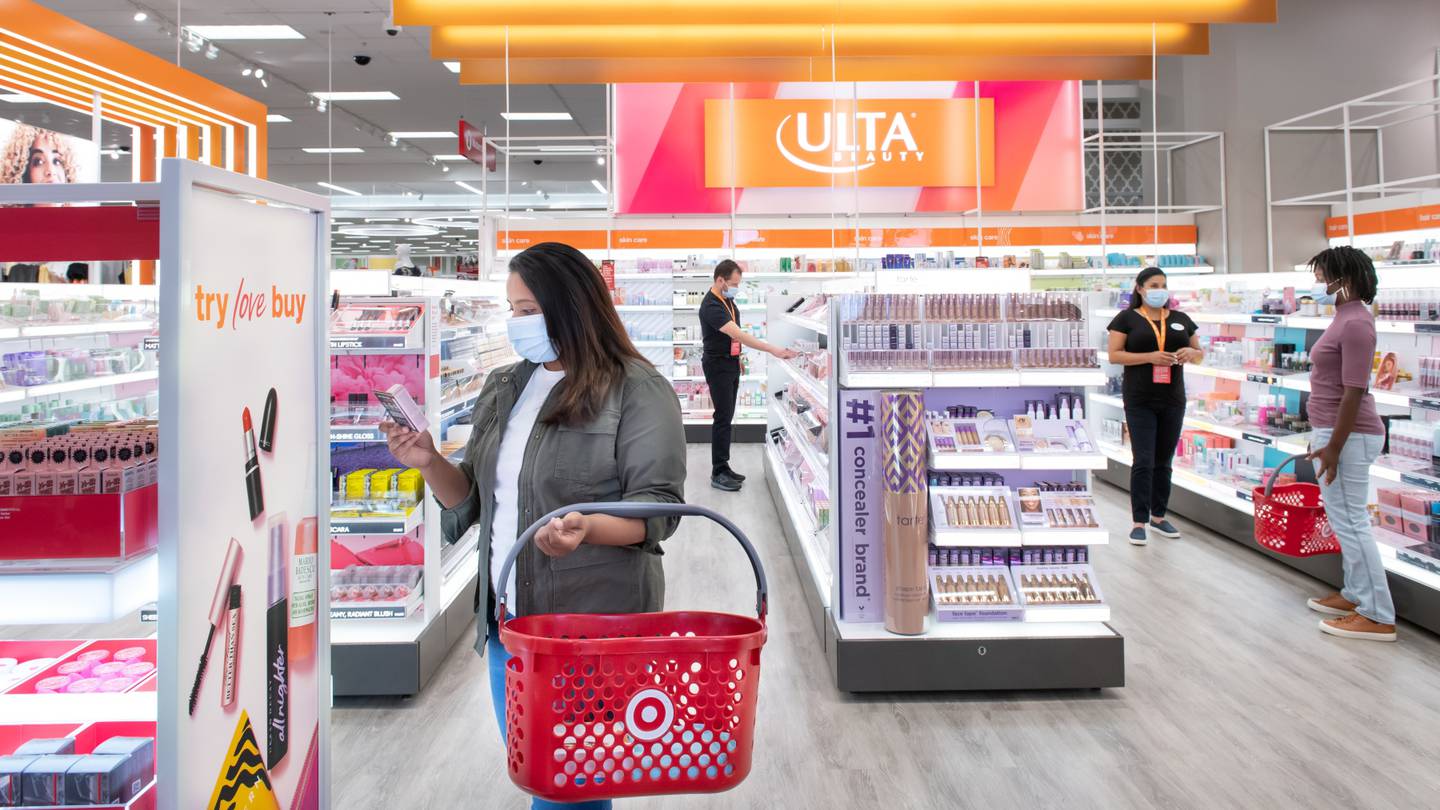
The Way Consumers Buy Beauty Products Is Changing. Again.: Department stores used to be ground zero for consumers looking to try and buy new makeup or skin care products, only to lose their grip on the market to Sephora and Ulta. Now, another evolution is underway as big-box retailers and drugstores enter the fray.
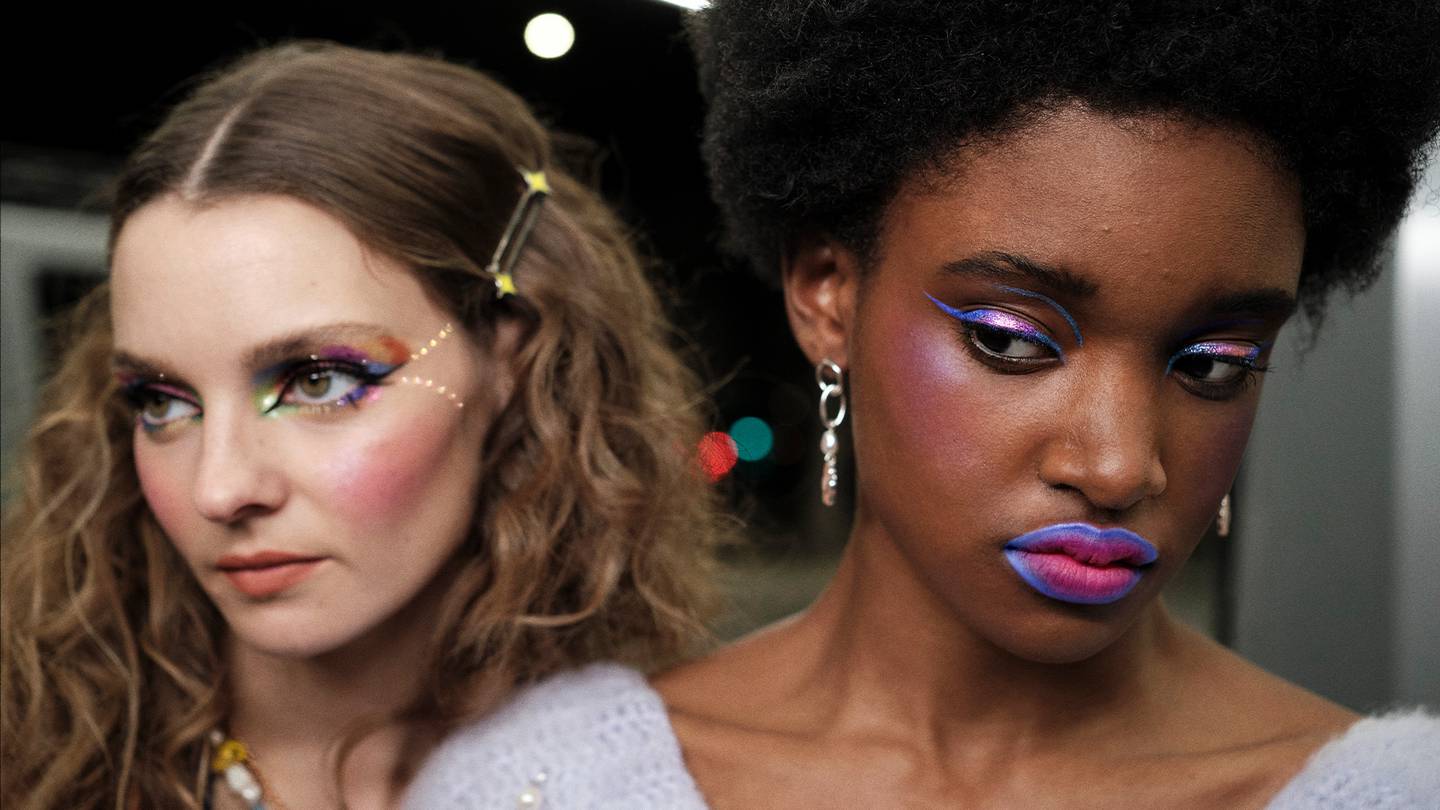
Colour Cosmetics Make a Bold Comeback: Makeup is now growing twice as fast as skin care as beauty shoppers turn to neon eyeshadows and shimmery blushes for looks inspired by TikTok trends and the Y2K revival.
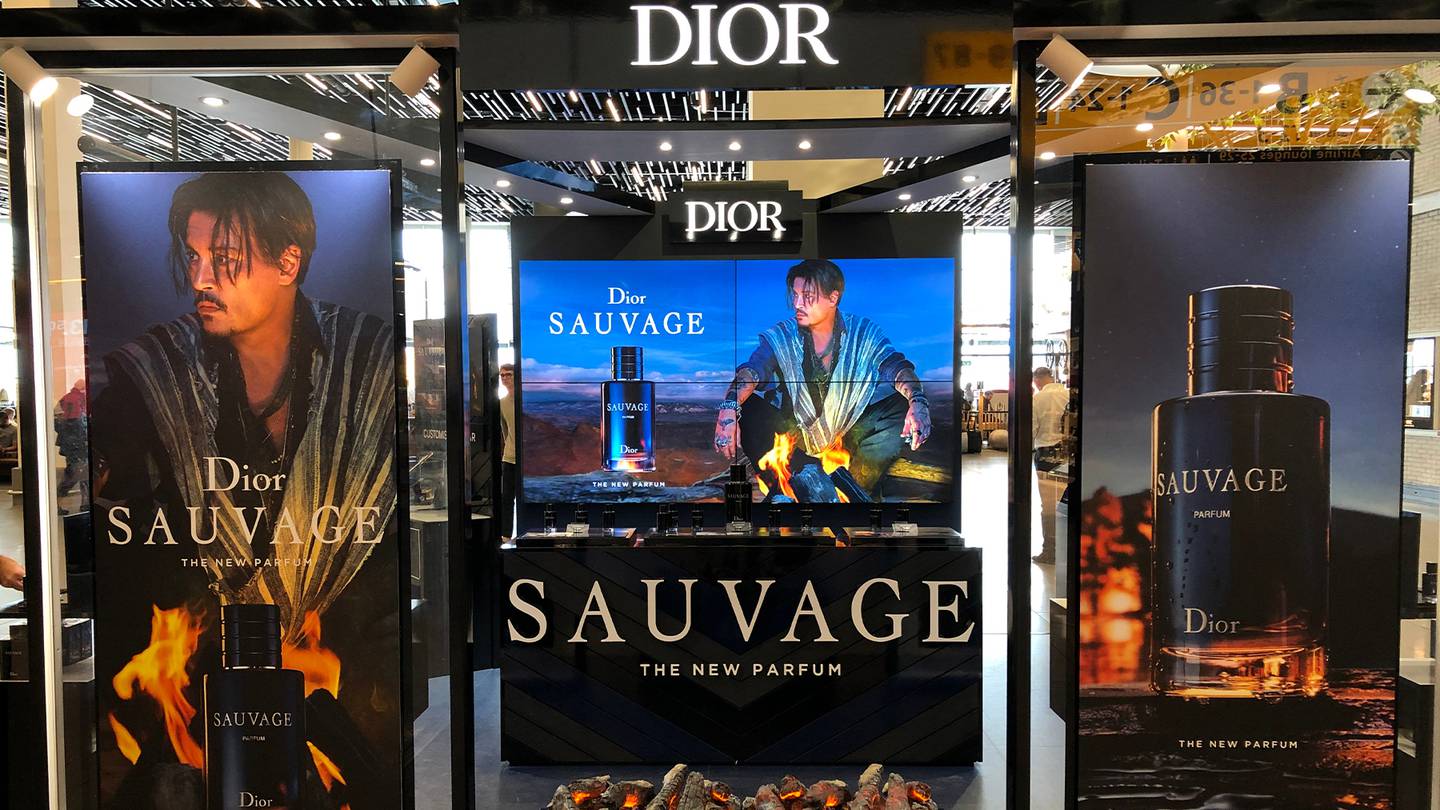
How Dior Made Sauvage the World’s Number One Fragrance: The scent’s success runs deeper than Johnny Depp. LVMH’s hefty investments in advertising, retail and a full range of Sauvage products have propelled its growth.
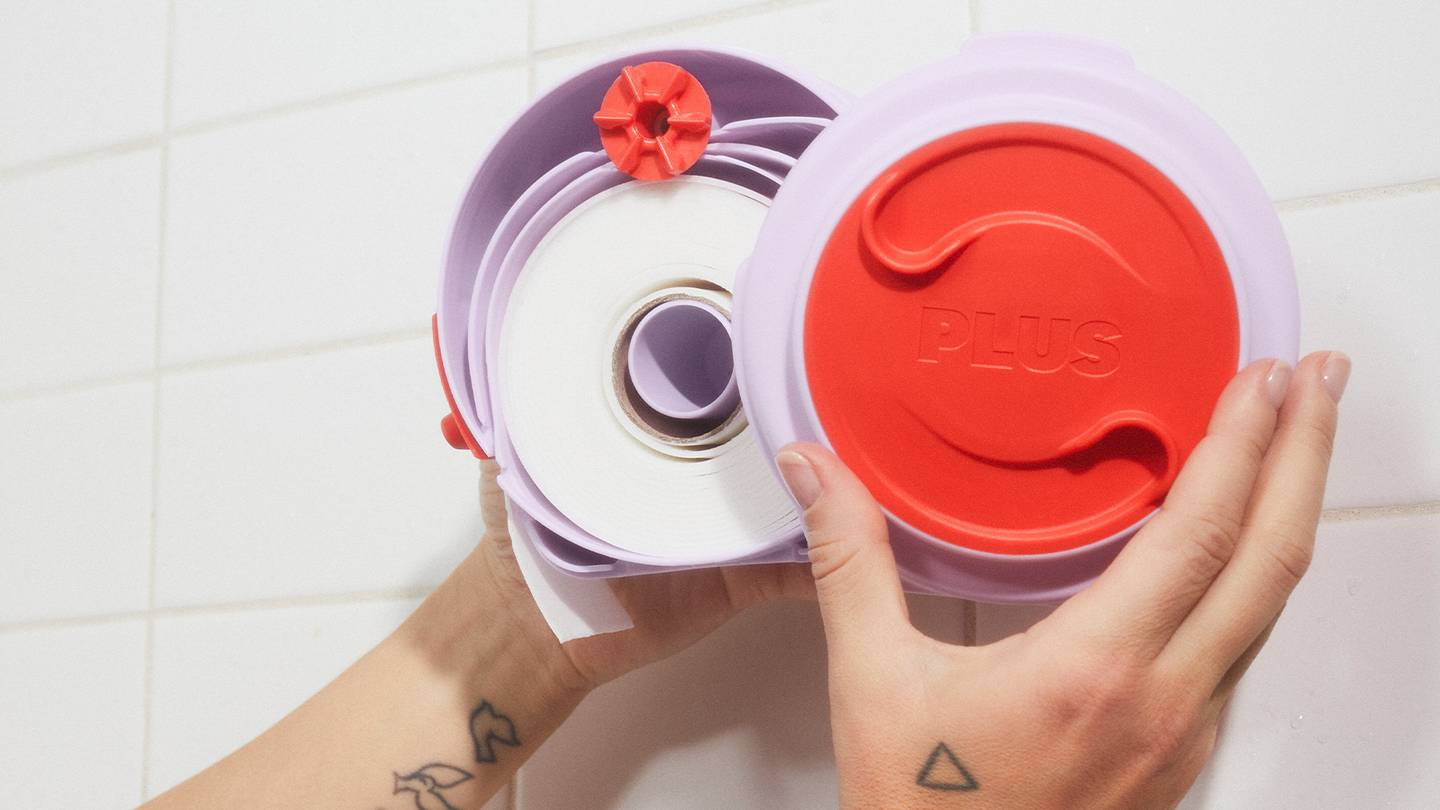
Can Refillable Beauty Go Mainstream?: Chanel, Dries Van Noten and Target are debuting beauty products that are meant to be replenished, in a sign that the concept may be starting to catch on.
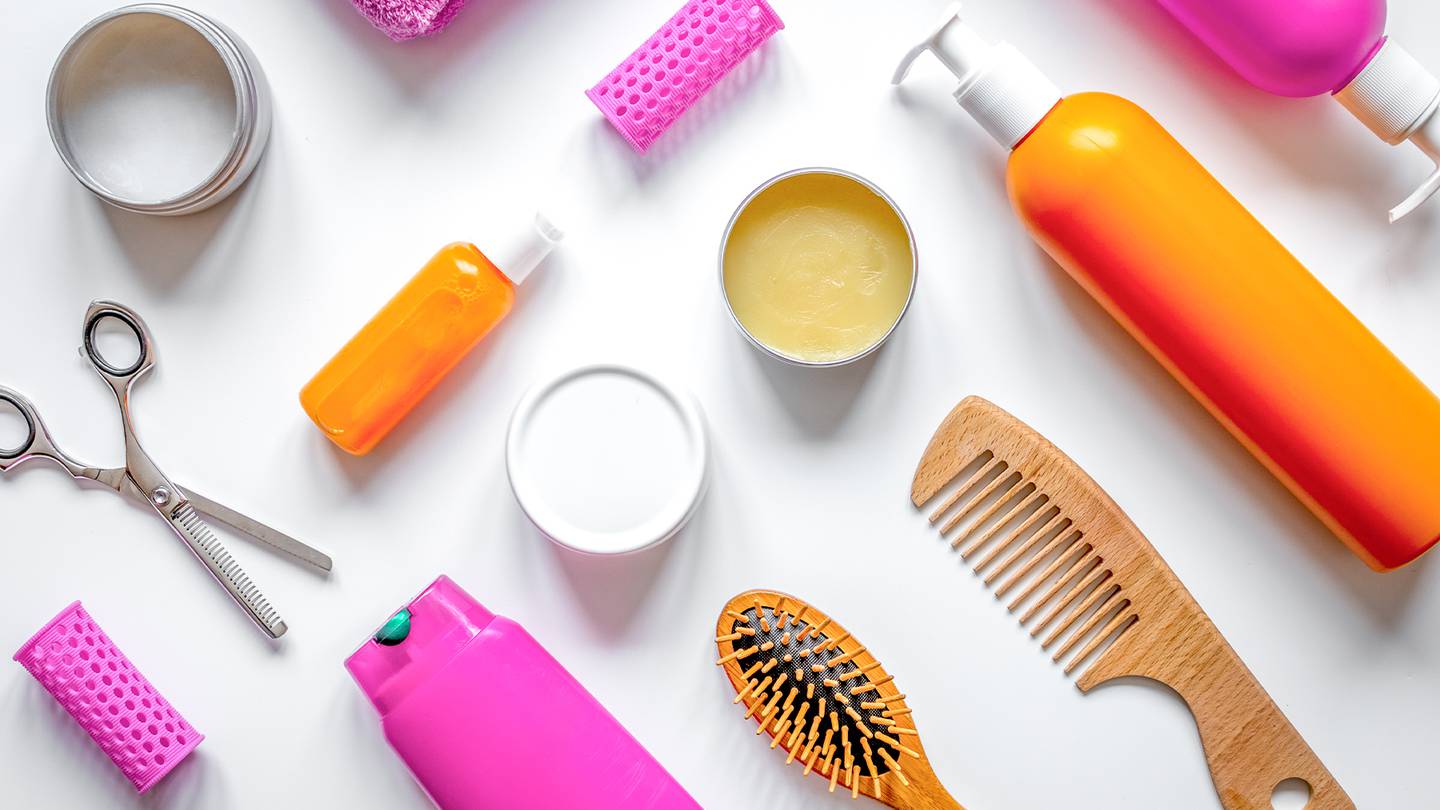
The Year’s Most Talked-About Beauty Brands: Dior and L’Oréal Paris were among the brands that made the most noise across media, while Kylie Cosmetics was the only celebrity brand to see growth, according to a report from the data analytics firm Launchmetrics.

